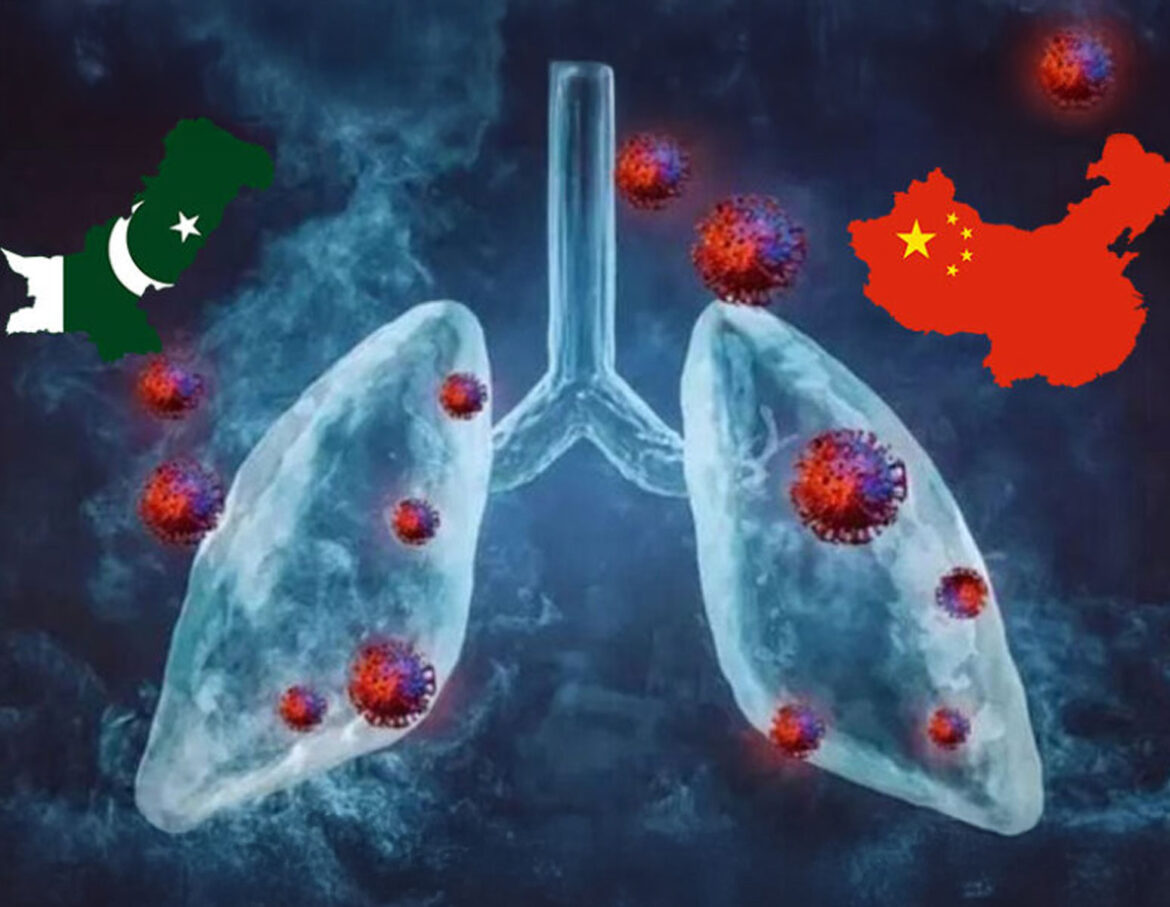Islamabad: Federal health authorities have disclosed that the Human Metapneumovirus (HMPV), a respiratory virus currently causing concern due to an outbreak in China, has been present in Pakistan since 2001.
An official from the National Institute of Health (NIH) Islamabad revealed to local media on Saturday that HMPV, which primarily affects children, has led to several outbreaks in the country over the years. “Human Metapneumovirus was first identified in Pakistan in 2001, and outbreaks have been reported since then,” the official stated.
No Need for Alarm Over Chinese Outbreak
Despite the alarming reports from China, NIH officials have reassured the public that there is no need to panic. Pakistan is currently dealing with a seasonal influenza outbreak, including Influenza A and B, and not an HMPV resurgence.
“Precautionary measures such as regular hand-washing and proper coughing etiquette are crucial in preventing the spread of viral illnesses,” advised the NIH spokesperson.
The National Command and Operation Centre (NCOC) will discuss the situation during a meeting on Tuesday, while Border Health Services (BHS) has been placed on high alert to monitor any potential cases at entry points.
Preparedness in Pakistan
According to NIH, Pakistan is well-prepared to address HMPV cases. Detection kits and expertise to identify all genotypes of the virus are readily available. However, no new HMPV cases have been reported recently.
The NIH also noted that children born during the strict COVID-19 lockdowns may have limited exposure to common pathogens, potentially increasing their vulnerability to severe illnesses when encountering viruses like HMPV.
Past Research on HMPV in Pakistan
A 2015 study conducted at PIMS in Islamabad investigated HMPV among children under five with severe acute respiratory infections (SARI). The study found that 16.5% of the 127 throat swabs tested positive for HMPV, with Genotype B2 being the most prevalent strain. Other identified strains included A2b, A2a, and B1.
HMPV cases in Pakistan tend to peak in winter, particularly in November and December, and present with symptoms such as cough, wheezing, fever, and difficulty breathing. Severe cases often require hospitalization due to lung complications.
The study also highlighted genetic similarities between HMPV strains in Pakistan, India, China, and Singapore, emphasizing the need for expanded surveillance and long-term studies to better understand the virus’s impact.
Seasonal Influenza a More Pressing Concern
At present, Pakistan is grappling with a surge in seasonal influenza cases, primarily Influenza A and B. These strains can cause severe illness, especially among children, the elderly, pregnant women, and individuals with weakened immune systems.
The NIH has urged the public to adopt preventive measures, including vaccination, and seek timely medical care if symptoms appear.
Authorities continue to monitor the situation closely, ensuring preparedness for any potential health crises while prioritizing public safety.



